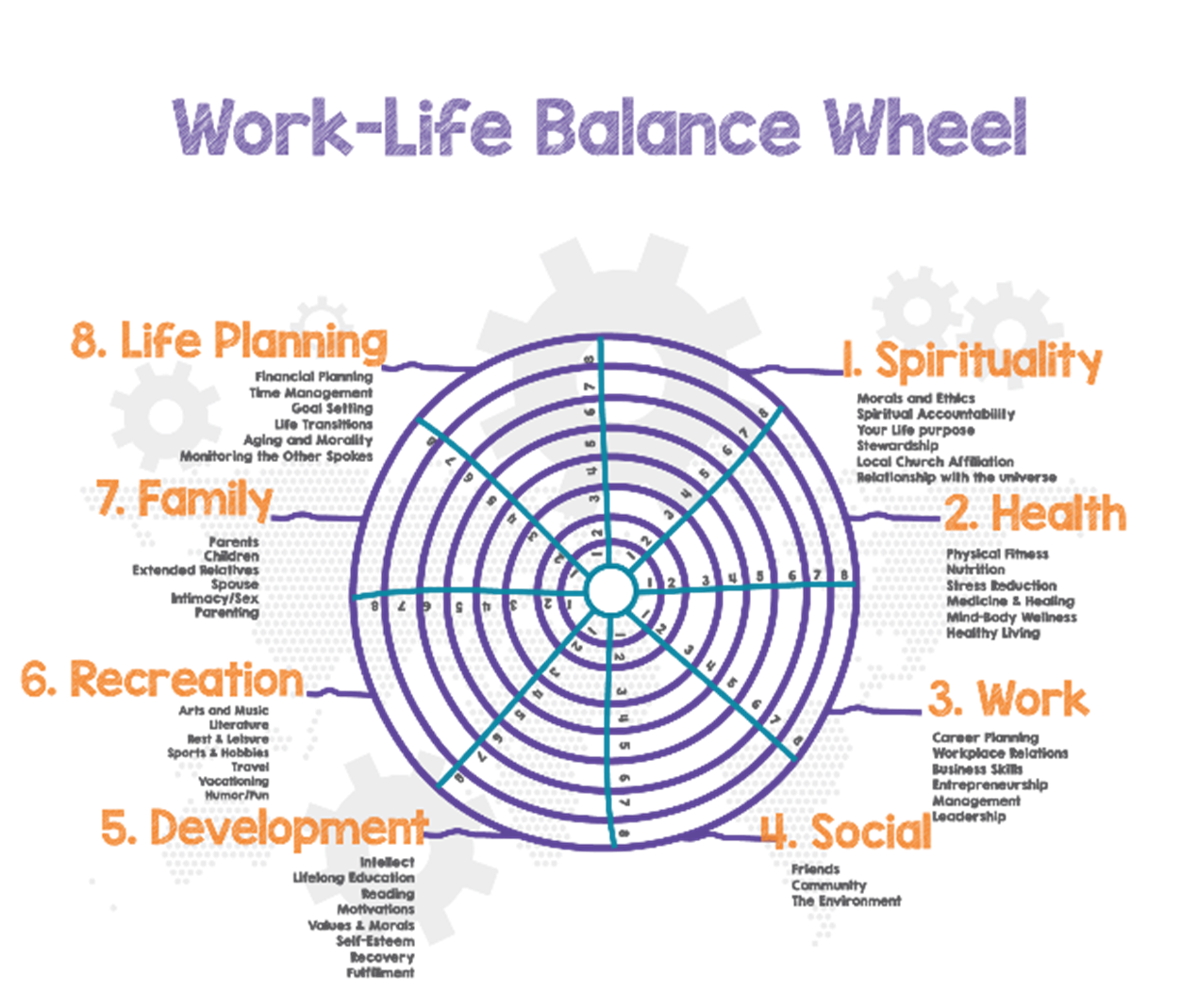Being an engineer, my natural focus is biased towards facts and figures … hard data. But being a manager isn’t a bit like that; managing is about getting people to pull together as a team and aligning them to a goal. That’s a bit of a shift for an engineer, so, one of the things I got interested in a while ago is something called Neuro Linguistic Programming (NLP)… fantastic subject, horrible name. In a sentence, it’s the study of subjective experience. Pretty much exactly the opposite of being an engineer!
Many years ago whilst studying NLP I came across a guy called Julian Russell. Very interesting bloke. He’s descended from Bertrand Russell the philosopher, and Lord Russell, who was Prime Minister not once, but twice! So, in his family you’re a failure if you’re not a Prime Minister or world class philosopher. Pretty tough stuff to have to live up to. And he’s had to do a lot of work on himself to cope with that pressure and in doing so has created a beautiful platform for helping others called the Life Talent Programme. Which is where I first came across the work life balance wheel.
A work-life balance wheel, sometimes called a wheel of life, is a tool to help you map out different areas of your life, and help you identify areas in which you would like to improve or make changes The wheel is a circle which is segmented into different slices, or areas. Each slice is further split into numbered rows, which you can use to score each category.
And like most tools we present in these blogs the tools should be adapted used and abused to suit your given situation, so, whilst there are eight headings here I’d be very happy, if, for instance, you wanted to fuse recreation and social, or, if you wanted to elevate something from a lower level a higher one, or even introduce other completely different headings. The objective here is to make the tool work for you not to impose slavish adherence to the tool itself.
How do you use the wheel?
The numbered rows will usually go from 1-10, with 10 showing that you are really happy with that area of your life, and 1 showing that you are not happy at all with how that area is working out. Our wheel, for reasons lost in the annals of history, and for no good reason, goes from 0-8!
Once you have evaluated each section and chosen a number, you can draw a line connecting the numbers that you have chosen for each section. This results in a spider graph, highlighting which sections you need to give most attention to or invest most effort. Obviously, you could also colour in each of the slices. You could also go a stage further and compare your current assessment to your ideal level for each section so if the difference is too large (a judgement call) then this is a category you might need to focus on.
Interpreting the results
Once you’ve identified the weaker or most important areas you can plan to make improvements in order to raise your satisfaction or fulfilment level. This could be more time with your family or doing good in your community, it could mean dedicating yourself to learning a new skill, in my case perhaps, re-engaging with the development of NLP, developing a better understanding social media (or not), developing better presentation skills … any one of a number of things.
Remember, the wheel is only a guide; tool to make you think and question your own assumptions; it’s up to you to decide whether or not you need or want to make changes to your life, or if your happy with the way things are.
How does it fit with my management system?
I guess the short and honest answer is it doesn’t really. None of the more common management systems ISO 9001, ISO 14001 ISO 45001 and ISO 27001 require you to do anything with a work life balance wheel. All of which, however, do require objectives but these are business related objectives not personal objectives.
But, going beyond the “minimum requirements” of ISO, I would argue unless you’re really doing the things you love you’re not going to have the greatest impact on the business. So, I do think there is a crossover between thinking about the things that you, as a manager and leader, personally want to do more of.
You could also apply the wheel of life technique, perhaps with your top team, to look at different parts of the organisation; sales, marketing, operations, teamwork and finance.
Conclusion
The point is if there are significant differences the wheel is going to look pretty lumpy and you’re very likely to be in for a bumpy ride.
My personal view is it’s useful to visit and revisit this tool at least once a year and to use it to create an action list around the different things you want to do over the following year or indeed whatever time period you choose. It really does make you sit down and think about the things that are important to you so that you can create your own work life balance. In fact, just before the holidays I had dinner with a guy that had taken an extra week off over Christmas and he was using this and other tools to plan his next 15 years!
Related tools and ideas
Recommended references
- Julian Russell – Alpha Leadership
- Julian Russell’s Life talent programme



Comments are closed